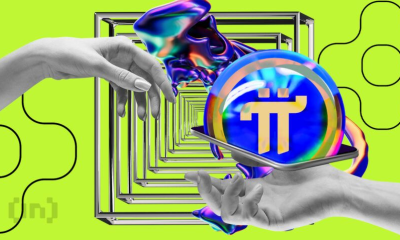Market
How Mask Network is Rethinking Social Media and Privacy


Decentralized social networks remain a hot topic as concerns over data privacy, censorship, and corporate influence continue to escalate. People seek more control over their digital interactions, so the promise of Web3, offering a decentralized, user-controlled alternative, has intrigued both technologists and ordinary users.
BeInCrypto sat down with Suji Yan, the founder of Mask Network, to explore the current state of this narrative and the Mask Network’s role in shaping the future of decentralized social networks.
Mask Network, led by founder Suji Yan, develops blockchain-based tools that allow users to perform cryptocurrency transactions and access decentralized applications directly through social media platforms. Suji Yan, whose background includes roles as an AI engineer and journalist, is driven by a commitment to privacy and free speech. He envisions Mask Network as a cornerstone in creating an independent cyberspace where users govern themselves and interact without traditional corporate oversight. His ambitious goal is to transform social media into a secure, decentralized environment that supports a fully autonomous digital society.
Early Development and the Evolution of Mask Network
Suji begins by tracing the origins of his company to the early ideas sparked by the limitations of traditional finance. «Bitcoin is great… it saves the money, right? Bitcoin is the peer money and digital gold. And Ethereum is the programmable machine, the infinite machine on a smart contract», he articulates.
His vision, however, extends beyond these pioneering technologies towards a grander aim of creating a fully autonomous digital society.
“My bigger dream, my bigger perspective for our industry is that we eventually can become an independent cyberspace”, he explains, envisioning a new kind of governance, society, and communication platform grounded in blockchain technology. “If you want to create a society, you will need your own platforms where people can gather and talk without worrying that one day AWS is going to kill the Facebook server and you will be de-platformized”.
Suji enthusiastically recounts the early days when Mask Network was still taking shape. The team was officially assembled in 2016, with the company forming in 2017 amidst a bull market with its ICO craze. Mask Network, however, was keen on building a sustainable long-term vision. “We did a lot of research. We write a lot of codes. And we built something that people never seen before”, he says, emphasizing the innovative spirit of his team.
Mask Network quickly garnered support from key figures in the blockchain community. Ethereum co-founders Vitalik Buterin and Mihai Aliesie were early users of the Mask extension. This period of subsequent adoption of their technology laid a solid foundation for Mask Network’s ambitions, setting the stage for further development and continued evolution toward a decentralized digital society.
The Long Road to Social Networks Decentralization
Suji recognizes the journey toward decentralizing social networks as a long-term endeavor. Reflecting on discussions in 2018, he noted how major platforms like Facebook initially flirted with decentralization before stepping back. Interestingly, they are revisiting these ideas, paralleling X/Twitter’s intermittent experiments with decentralization strategies, including during Jack Dorsey’s tenure and more recently under Elon Musk’s direction, who has shifted his focus towards integrating AI.
This narrative underlines that developing a comprehensive suite of technologies for decentralized social networks presents significant challenges. Unlike more straightforward financial applications in the blockchain space, such as DeFi or cryptocurrency exchanges, which benefit from clear, measurable success metrics like trading volume or total value locked (TVL), social platforms require nuanced, complex solutions that must evolve to meet the diverse needs of users and the nature of social interaction online. This complexity makes the path to decentralization innovative and fraught with continuous learning and adaptation.
Despite all hurdles, Suji remains optimistic about the future, drawing parallels with the early days of DeFi, which also faced skepticism and slow initial growth. He anticipates a similar trajectory for decentralized social networks, with gradual acceptance leading to more significant breakthroughs.
“Social [networks] is very different… it needs a series of events to make people realize we really need decentralization”, he explains, citing pivotal moments such as the Cambridge Analytica scandal and recent regulatory actions against TikTok. “For DeFi, it took 7 years: from the BitShare story, BitUSD story, and then EOS, then people moved to Ethereum, then the DeFi summer. If history repeats itself, we’ll see decentralized social networks boom in 2028, maybe 2029”.
Suji believes that these foundational shifts in the digital field, catalyzed by major public events, serve as critical moments that will eventually drive widespread adoption. The awareness and understanding of the importance of user control over personal data increase, so will the demand for decentralized solutions.
Strategic Initiatives and the Ecosystem Support
Beyond developing its proprietary technology, Mask Network has played a crucial role in supporting decentralized social networks and infrastructure projects. In 2021, the team initiated the Bonfire Union – the venture arm involved in funding various initiatives, including social platforms, blockchain infrastructure projects, and other innovative technologies that align with the decentralized ethos of Mask Network.
Bonfire Union has invested in a diverse array of projects, including:
- Lens Protocol — a blockchain-based open source social graph created to reshape the future of social media concepts.
- Orbiter Finance — a decentralized cross-rollup bridge for transferring Ethereum native assets.
- Alt Layer — an open and decentralized rollup service provider.
- GoPlus — an open, permissionless, user-driven security service platform.
- Sonorus — a decentralized music voting & rewards protocol.
- Oasys — an eco-friendly blockchain built for the gaming community.
- RSS3 — a decentralized network indexing and structuring open information.
“Bonfire Union’s AUM is over a $100 millions now, but when we launched it, it was just $42 millions”, Suji reflects. “There are many other social things we invest in: decentralized social networks, infrastructure. Financial VC, they don’t see what’s going on. But we’re early and true believers, so we know there are many things that are lacking in this industry”.
Mask also became one of the largest contributors to Mastodon, a decentralized and federated social network, and a key shareholder of Lens Protocol, demonstrating a strategic approach to nurturing the ecosystem’s growth.
The commitment of Mask Network extends beyond financial investments. In December 2023, Mask established a non-profit entity, Mask Network Academy, which provides financial and technological support to the world’s top universities and journalism programs to promote Web3 research and story-telling.
“We actively engage with educational institutions worldwide to foster a deeper understanding of blockchain and decentralized technologies”, Suji explains. “For instance, we’ve partnered with the Hong Kong University of Science and Technology and supported Korea University, focusing on encouraging young students to explore decentralized applications. We find it crucial to support these educational endeavors through donations, such as the one we made to the UOPI Foundation, using cryptocurrency to facilitate these contributions. Our goal is not just to fund, we want to inspire and collaborate with the next generation of innovators who can carry forward the vision of a decentralized future”.
This dedication to education and development highlights Mask Network’s holistic approach to advancing the Web3 ecosystem. By providing both financial backing and hands-on opportunities, they ensure that emerging talents have the resources and knowledge needed to succeed in shaping a more decentralized and transparent digital future.
New Era of Social Interactions
Suji believes it is still too early to fully assess the impact of their efforts, noting that many in the industry still need APIs, infrastructure, or SaaS solutions. In response, Mask Network plans to offer significant support by providing free infrastructure to their ecosystem, which has yet to be publicly announced. This initiative will cover server and gas costs, allowing emerging projects within their network to develop without financial barriers during their first year.
Mask Network’s founder explained that while the company cannot cover excessive costs for projects that secure substantial funding, the team i committed to opening a gateway for those still in the early financial stages. This support includes free SaaS and other resources from Mask Network and its DAO, removing the burden of gas fees and allowing developers to focus on innovation and learning.
In the broader narrative of blockchain and decentralization, under Suji Yan’s leadership, Mask Network aims to be more than just a technology provider. They are deeply involved in crafting a decentralized framework for social interactions, where privacy, security, and user autonomy are paramount. Suji emphasizes the importance of this mission in his own words:
“Our vision at Mask Network is to foster an environment where digital sovereignty is the norm, not the exception. We’re building tools that allow individuals to control their own data, communicate freely without censorship, and transact securely without intermediaries”.
Through ongoing product development, community initiatives, and strategic partnerships, Mask Network is laying the groundwork for what Suji believes will be the next major evolution in how we interact online. Integrating advanced blockchain solutions into everyday social media functionality is paving the way for a future where digital interactions are as secure and private as they are ubiquitous. Suji’s commitment to this vision is clear as he steers Mask Network towards a world where decentralized technologies redefine our digital interactions, making them safe and user-centric.
Disclaimer
In compliance with the Trust Project guidelines, this opinion article presents the author’s perspective and may not necessarily reflect the views of BeInCrypto. BeInCrypto remains committed to transparent reporting and upholding the highest standards of journalism. Readers are advised to verify information independently and consult with a professional before making decisions based on this content. Please note that our Terms and Conditions, Privacy Policy, and Disclaimers have been updated.
Market
Solana Faces Resistance While ETH Sees DEX Volume Boost

Solana (SOL) is attempting to recover from an almost 12% correction over the past seven days. The RSI has surged into overbought territory, suggesting strong bullish momentum. However, the BBTrend remains deeply negative—though it’s beginning to ease, hinting at potential stabilization.
Meanwhile, the EMA lines are setting up for a possible golden cross, signaling that a trend reversal could be forming if key resistance levels are broken. Still, with Ethereum overtaking Solana in DEX volume for the first time in six months and critical support levels not far below, SOL remains in a delicate position.
SOL RSI Is Now At Overbought Levels
Solana’s Relative Strength Index (RSI) has surged to 72.91, up sharply from 38.43 just a day ago—indicating a rapid shift in momentum from neutral to strongly bullish territory.
The RSI is a widely used momentum oscillator that measures the speed and magnitude of price movements on a scale from 0 to 100.
Readings above 70 typically suggest an asset is overbought and may be due for a pullback, while levels below 30 indicate oversold conditions and potential for a rebound.

With Solana’s RSI now above 70, the asset has officially entered overbought territory, reflecting intense buying pressure in the short term.
While this can sometimes precede a correction or consolidation, it can also signal the start of a breakout rally.
Traders should watch closely for signs of continuation or exhaustion. If momentum holds, Solana could push higher, but any stalling may trigger profit-taking and short-term volatility.
Solana BBTrend Is Decreasing, But Still Very Negative
Solana’s BBTrend indicator has climbed slightly to -11.18 after hitting a low of -12.68 earlier today. That suggests that the bearish momentum is starting to ease.
The BBTrend (Bollinger Band Trend) measures the strength and direction of a trend based on how price interacts with the Bollinger Bands.
Values below -10 typically indicate strong bearish pressure, while values above +10 reflect strong bullish momentum. A rising BBTrend from deep negative territory can be an early sign of a potential reversal or at least a slowdown in the downtrend.

With SOL’s BBTrend still in bearish territory but improving, the market may be attempting to stabilize after a period of intense selling.
However, broader ecosystem developments complicate the technical picture. For example, Ethereum recently surpassed Solana in DEX volume for the first time in six months.
While the easing BBTrend hints at recovery potential, Solana still needs a stronger confirmation to shift the trend fully in its favor. Until then, cautious optimism may be warranted, but the bears haven’t fully let go.
Solana Still Has Challenges Ahead
Solana’s EMA lines are showing signs of an impending golden cross. A golden cross occurs when a short-term moving average crosses above a long-term one. That’s often seen as a bullish signal that can mark the start of a sustained uptrend.
If this pattern is confirmed and buying momentum continues, Solana price could push up to test the resistance at $131.
A successful breakout above that level may open the door to further gains toward $136, and potentially even $147.
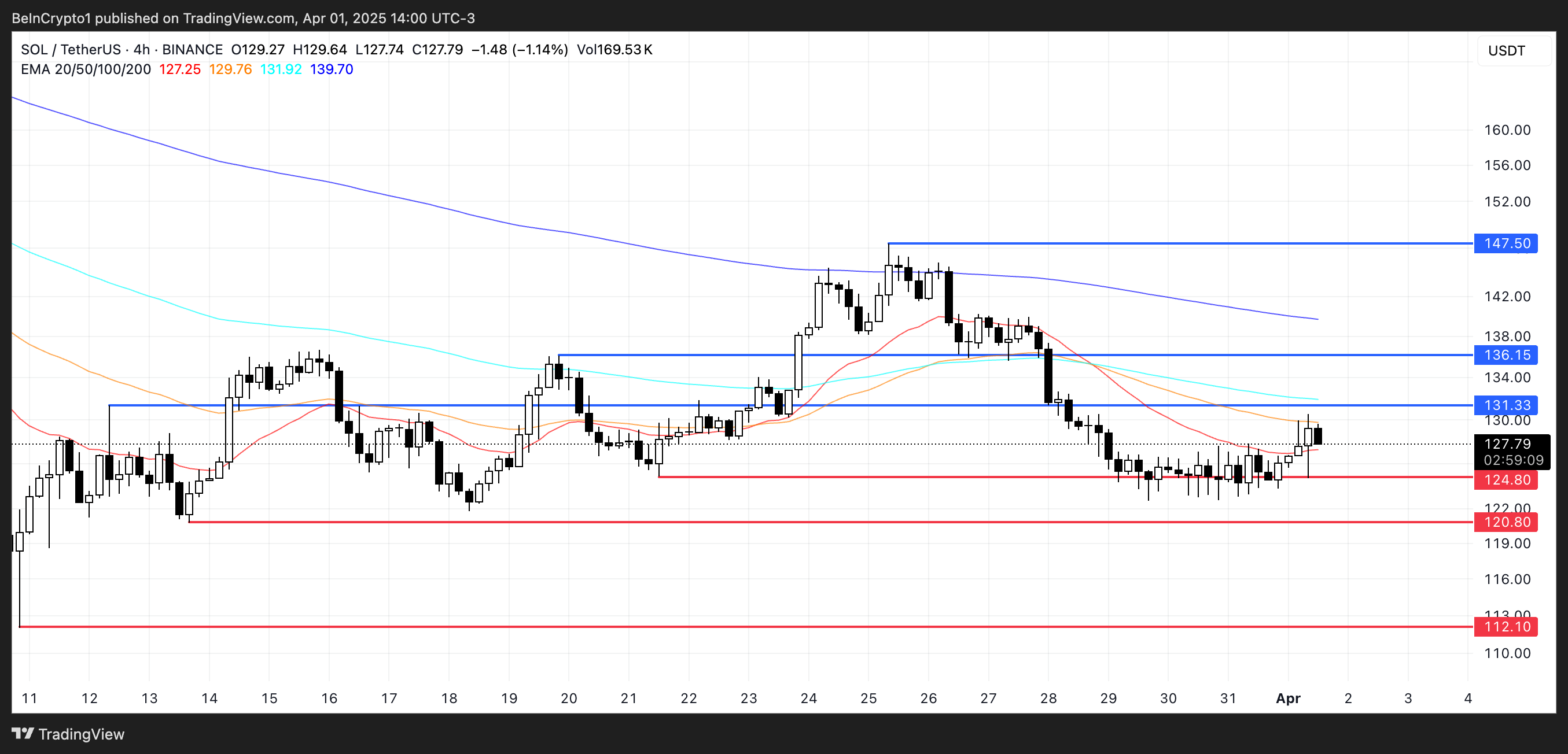
However, downside risks remain if buyers fail to hold recent gains.
If SOL pulls back and loses the key support at $124, it could trigger further selling pressure, pushing the price down to $120.
Should the downtrend gain strength from there, SOL might revisit deeper support levels around $112.
Disclaimer
In line with the Trust Project guidelines, this price analysis article is for informational purposes only and should not be considered financial or investment advice. BeInCrypto is committed to accurate, unbiased reporting, but market conditions are subject to change without notice. Always conduct your own research and consult with a professional before making any financial decisions. Please note that our Terms and Conditions, Privacy Policy, and Disclaimers have been updated.
Market
Hill Rejects Interest-Bearing Stablecoins Despite Armstrong’s Wish

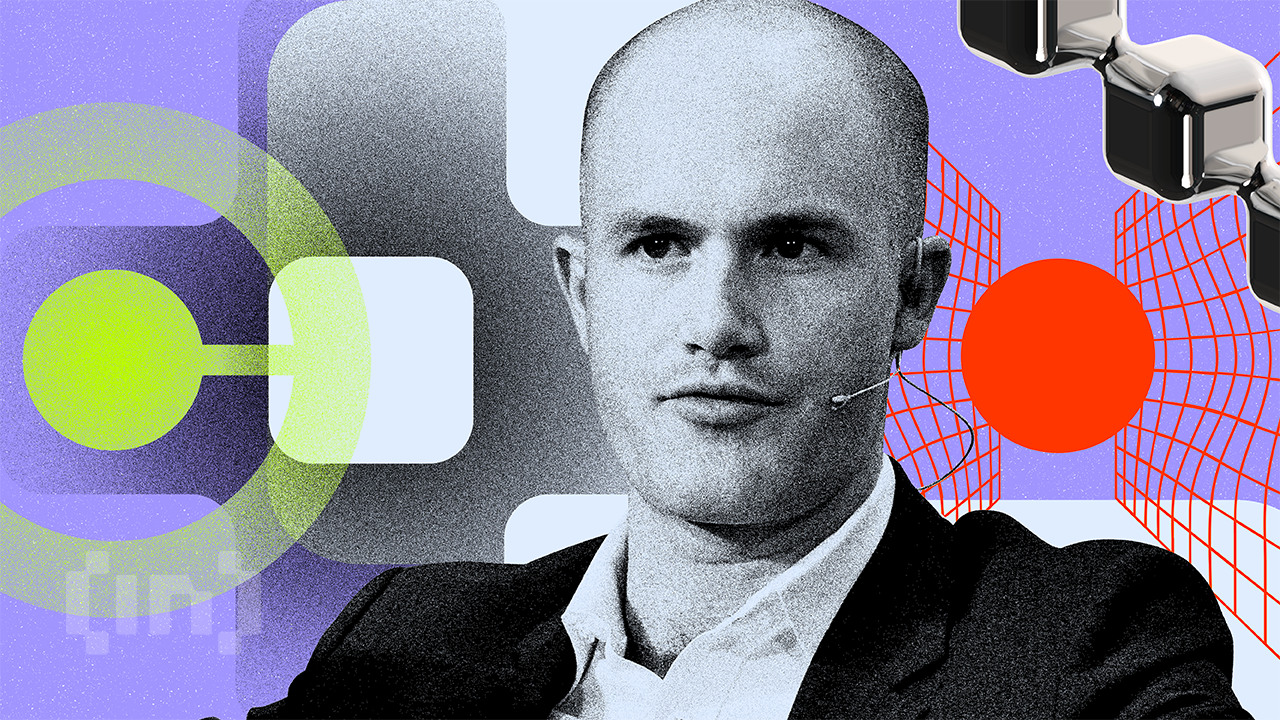
Representative French Hill, who Chairs the House Committee on Financial Services, rejected requests to approve interest-bearing stablecoins. Coinbase CEO Brian Armstrong made a public appeal in support of this yesterday.
Hill has been a vocal supporter of new stablecoin regulations, and the crypto industry counted his Committee appointment as a victory.
French Hill Rejects Interest-Bearing Stablecoins
If there’s one topic that’s a top priority for US crypto policy, it’d be stablecoin regulations. Significant momentum is building behind pro-industry regulations, and President Trump claimed that stablecoins will play a role in dollar dominance. However, Representative French Hill pushed back on one request, saying he opposes interest-bearing stablecoins:
“I hear the point of view, but I don’t think that there’s consensus among the parties or the Houses [of Congress] on having a dollar-backed payment stablecoin pay interest to the holder of that stablecoin,” Hill told reporters earlier today.
Although Hill portrayed this position on stablecoins as a common-sense viewpoint, it represents a limit to the crypto industry’s political influence. When Hill was chosen to head the House Committee on Financial Services, crypto took it as a big win. Further, he’s been a visible presence in the fight for stablecoin regulation. So, what’s the problem?
Essentially, Coinbase CEO Brian Armstrong made an appeal to Hill and other legislators regarding interest-bearing stablecoins. Just yesterday, Armstrong called this policy a “win-win” and a huge opportunity to help consumers and the economy.
“US stablecoin legislation should allow consumers to earn interest on stablecoins. The government shouldn’t put it’s thumb on the scale to benefit one industry over another. Banks and crypto companies alike should both be allowed to, and incentivized to, share interest with consumers. This is consistent with a free market approach,” Armstrong claimed.
Since Armstrong made this public appeal yesterday, it’s remarkable that Hill rejected his vision of stablecoins so quickly. Ostensibly, Armstrong’s political influence has been on the rise, as he played a prominent role in Trump’s Crypto Summit, and the SEC dropped its suit against Coinbase.
It’s an important fact for the US crypto industry to learn: no matter how quickly its influence is growing, it’s still very new to most people. Earlier this year, a string of state-level Bitcoin Reserve proposals failed in Republican-controlled states. President Trump may support crypto, but his supporters have limits.
Disclaimer
In adherence to the Trust Project guidelines, BeInCrypto is committed to unbiased, transparent reporting. This news article aims to provide accurate, timely information. However, readers are advised to verify facts independently and consult with a professional before making any decisions based on this content. Please note that our Terms and Conditions, Privacy Policy, and Disclaimers have been updated.
Market
How Did UPCX Lose $70 Million in a UPC Hack?
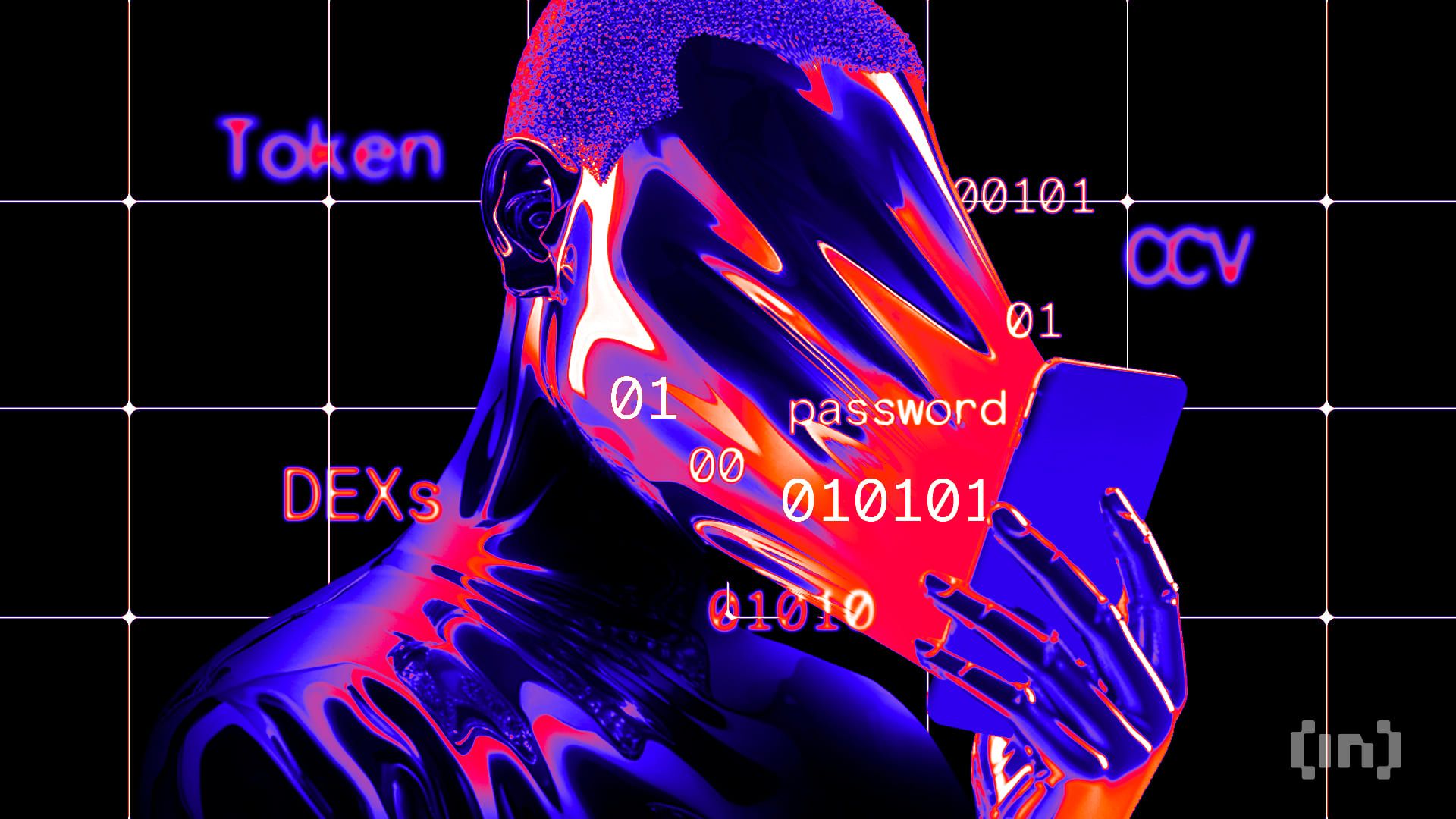
UPCX suffered a major hack today, with 18.4 million UPC tokens stolen from its management accounts. This amounts to about $70 million dollars, and the price of UPC fell drastically.
The hackers stole more UPC than is currently circulating in the markets and haven’t offloaded any assets yet. It is unclear who did this or how they will be able to secure their gains in other assets.
UPCX Suffers Major Hack
Cyvers, a crypto security firm that has tracked and uncovered several major crimes, identified a serious hack this morning. Multiple suspicious transactions took place involving UPCX’s management account, and the firm acknowledged suspicious activity. UPCX didn’t go into great detail, only describing a few security measures, but Cyvers showed the extent of the hack:
“It appears that someone gained access to the address 0x4C….3583E, upgraded the ‘ProxyAdmin’ contract, and executed the ‘withdrawByAdmin’ function, resulting in the transfer of 18.4 million UPC (approximately $70 million) from three different management accounts,” Cyvers claimed via social media.
UPCX is an open-source crypto payment system, and this hack may represent a serious blow to the company. According to CoinGecko data, the hackers stole significantly more UPC tokens than are currently available, which is around 4 million. Naturally, this caused the price to drop significantly, in an immediate drop of over 4%:
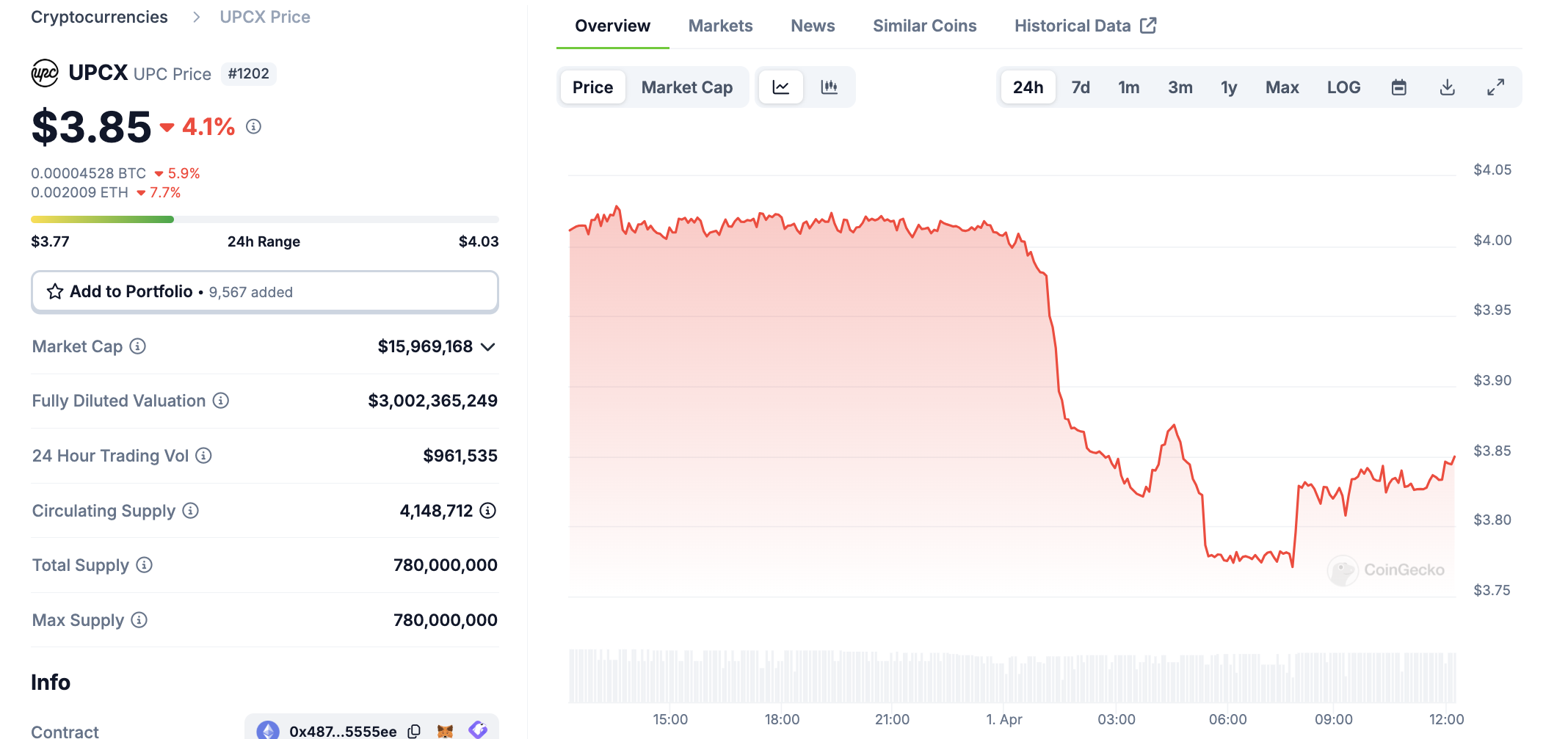
Although a $70 million hack will certainly damage UPCX individually, it’s unclear if it will actually impact the broader market much. The largest hack in crypto history took place a little over a month ago, and the community is still assessing the fallout. Meanwhile, UPCX is comparatively tiny; less than 10,000 X users viewed its post admitting to the security breach.
Since the UPCX hack took place, the recipient account hasn’t moved any of its UPC tokens. Indeed, it may be difficult for the perpetrator to convert these assets into usable fiat in the first place. If the hackers stole nearly 5x the amount of UPC tokens in circulation, any attempt to liquidate them will crash UPC’s token price even further.
Ultimately, the UPCX hack is strange for several reasons. Despite a large dollar amount, it hasn’t attracted a huge amount of buzz or impacted the market outside UPC. Hopefully, further analysis will identify the perpetrators, and possibly freeze the assets. Otherwise, the threat of a future sale could hamper UPC’s recover for the foreseeable future.
Disclaimer
In adherence to the Trust Project guidelines, BeInCrypto is committed to unbiased, transparent reporting. This news article aims to provide accurate, timely information. However, readers are advised to verify facts independently and consult with a professional before making any decisions based on this content. Please note that our Terms and Conditions, Privacy Policy, and Disclaimers have been updated.
-

 Altcoin23 hours ago
Altcoin23 hours agoCharles Hoskinson Reveals How Cardano Will Boost Bitcoin’s Adoption
-

 Market23 hours ago
Market23 hours agoHedera (HBAR) Bears Dominate, HBAR Eyes Key $0.15 Level
-

 Market24 hours ago
Market24 hours agoCoinbase Tries to Resume Lawsuit Against the FDIC
-

 Market22 hours ago
Market22 hours agoThis is Why PumpSwap Brings Pump.fun To the Next Level
-
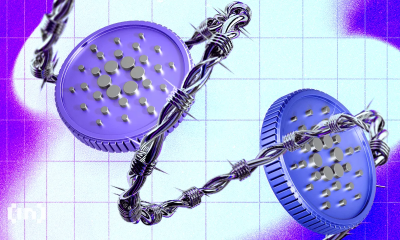
 Market21 hours ago
Market21 hours agoCardano (ADA) Whales Hit 2-Year Low as Key Support Retested
-

 Market14 hours ago
Market14 hours agoXRP Bulls Fight Back—Is a Major Move Coming?
-

 Market13 hours ago
Market13 hours agoIs CZ’s April Fool’s Joke a Crypto Reality or Just Fun?
-

 Market12 hours ago
Market12 hours agoBitcoin Price Battles Key Hurdles—Is a Breakout Still Possible?







